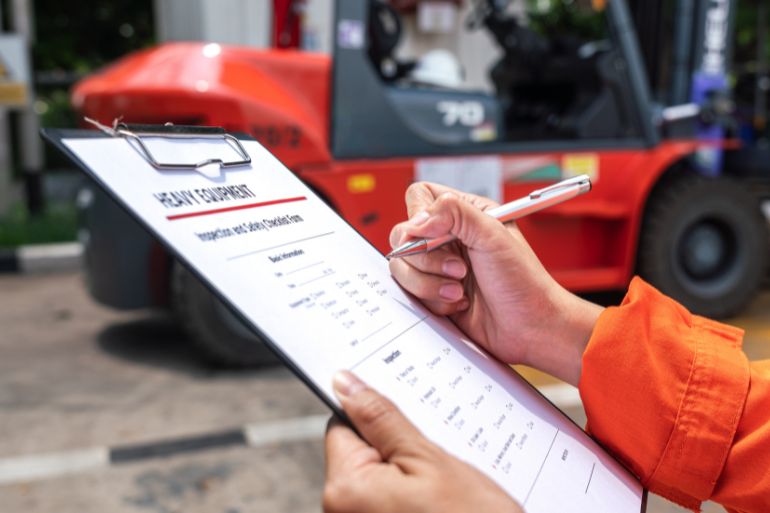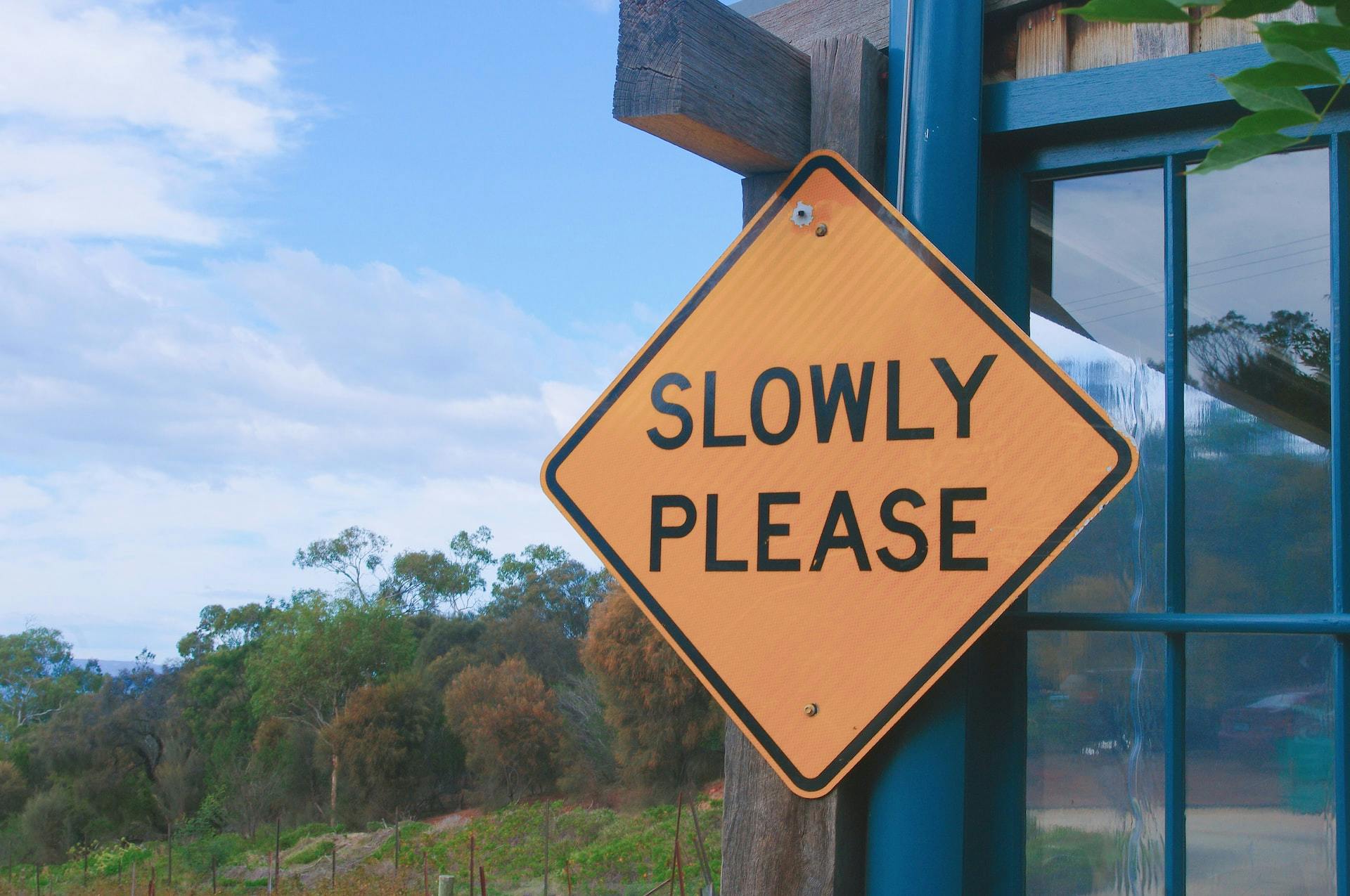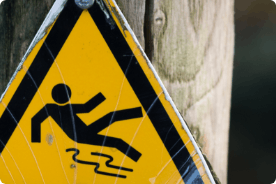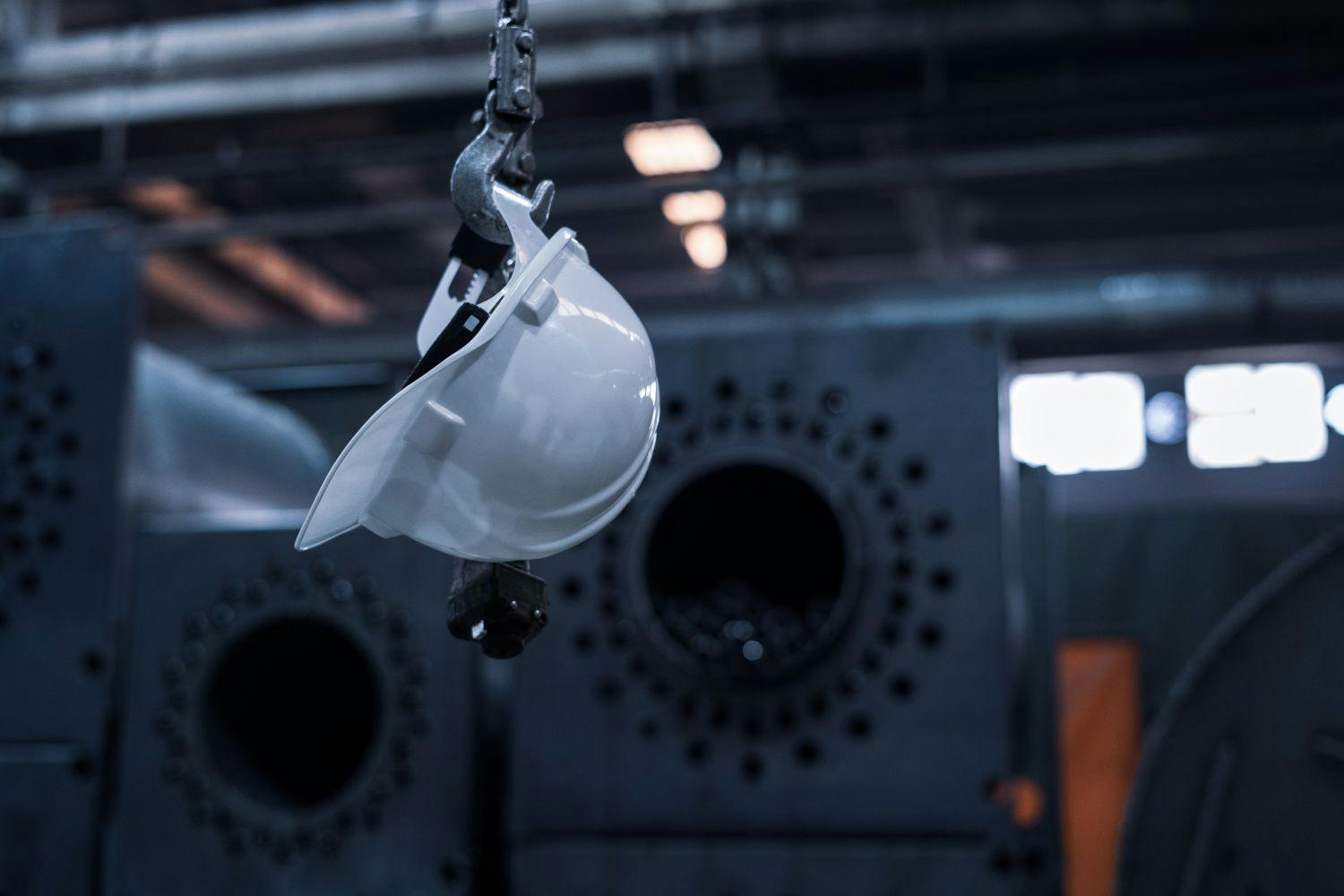First published on Thursday, Jun 04, 2020
Last updated on Wednesday, Apr 24, 2024
You have a duty of care to your employees, which means you must take responsibility for their health & safety in the workplace.
But you must also keep in mind the wellbeing of your customers and any visitors on your premises.
It’s a complex and tricky topic, but one we’re here to guide you through. So, let’s start with the UK laws you must follow.
What is health & safety at work?
Okay, a health & safety meaning is this—it covers occupational programs, guidelines, and procedures you need have to ensure the health, safety, and welfare of your workforce.
If you establish the right policies and procedures and train your employees to understand them, then you can prevent and manage accidents or injuries in the workplace.
What are the health & safety regulations in a workplace?
There are various health & safety laws to consider, but the primary regulation is the Health & Safety at Work Act (HASAWA—or HSW). You must follow these laws—it’s under your duty of care as an employer to do so.
So, yes, it’s the main health & safety regulation in the UK—it defines the main structure to enforcing health, safety, and welfare in businesses.
However, all of the laws are very important. If you breach any of them, it could result in an accident, injury, or death.
This can damage your business’ reputation and lead to legal proceedings or an employment tribunal.
So, what are the four main objectives of the Health & Safety at Work Act? They are:
1. Ensuring the health and safety of employees at your business.
2. Ensuring the welfare of employees.
3. Protecting individuals within your premises—whether staff, customers, or visitors.
4. Establishing control measures to store explosive/flammable/dangerous substances.
However, there are other laws you should be aware of. These range from containing explosives, to managing the use of display screen equipment.
A wider list of health & safety legislation is below, with a brief explanation for what they mean for your business. These are the:
Management of Health & Safety at Work Regulations:
This puts a duty on you to assess and manage risks to employees from their daily activities.
Workplace (Health, Safety and Welfare) Regulations:
Covers the requirements for accommodation standards at your workplace.
Health & Safety (Display Screen Equipment) Regulations:
Details the actions you require to ensure the wellbeing of staff when using DSE (such as computers).
Personal Protective Equipment at Work Regulations:
Clarifies where risks aren’t controllable through other means, you should use PPE (for example, facemasks and gloves).
Manual Handling Operations Regulations:
The guide to health & safety when employees lift and move objects around your business.
Provision and Use of Work Equipment Regulations:
Ensures you provide adequate equipment for staff for safe use to complete their duties.
Reporting of Injuries, Diseases and Dangerous Occurrences Regulations:
Employers, as well as people who are self-employed and people who are in control of a premises, must report specified incidents in the workplace.
Working Time Regulations:
Establishes the maximum legal working hours for your employees—per week.

What are safety procedures in the workplace?
These are plans featuring a step-by-step approach to ensuring health & safety across your business.
They ensure you perform tasks in compliance with UK laws. So, they’re essentially actionable steps you must stick to.
It’s particularly important to follow these guidelines—in some working situations, there could be an accident if an employee doesn’t. This really highlights why health & safety is important.
Overall, you should look to have effective safety plans, policies, training, and monitoring where necessary. Employee supervision may also prove essential over certain tasks.
There are some common health & safety practices in the workplace. These include procedures for:
When staff are working at a height
Storing hazardous chemicals safely and securely
Dealing with infectious diseases or other illnesses
Emergency procedures in the event of an accident
Performing a risk assessment to determine the risks at your business will help you understand the steps you need to take to limit risks.
If you have effective plans in place, then you can limit the risks of an accident. As well as have an effective response in the event of one.
Why are health & safety policies and procedures important?
From an employee perspective, it helps to keep them safe and productive in your workplace. You also protect customers and visitors during their time on your premises.
So, your policies are there to prevent workplace accidents.
If you don’t pay attention to your duty of care, it can have an impact on your staff morale. If employees don’t feel safe at work, the chances are productivity will drop.
The importance of health & safety in the workplace is also to ensure you don’t face legal action for any accidents.
If an incident is down to your business, this could result in a costly employment tribunal. And that may also damage your reputation as an employer. This highlights why is it important to adhere to policies and procedures in the workplace.
Health & safety software
There’s a lot of legislation covering workplace injury and safety measures. And it can be difficult keeping up with them all.
To avoid a reputation as an employer who skips responsibilities, using health & safety software can help you stay compliant. It also takes a lot of the stress out of the process.
The software allows you to:
Create and manage risk assessments
Add tasks to help control measures and reduce hazards
Record workplace accidents and carry out investigations
Store all your policies and documents in secure cloud based storage
Many services, such as ours—BrightSafe, offer 24/7 consultation and training services alongside the software.
Having access to training documents and a fully trained consultant proves you with access to the most up to date legislation.
See how much you could save when you invest in health & safety software for you business....
The role of the Health & Safety Executive (HSE)
This is the UK government agency that’s responsible for regulating health and safety in businesses.
So, the health & safety executive role is as a regulator for your workplace wellbeing. With the goal of preventing workplace accidents, injuries, and deaths.
The HSE does charge for some of its services, such as if you’re not up to its regulatory standards.
That means it’s really important to maintain high standards of health & safety at all times.
And we can help you with that—get in touch and we’ll talk you through the procedures and policies you need: 0800 470 2432.
Have a question?
Ask away, we’ve got lightning fast answers for UK business owners and employers powered by qualified experts.








